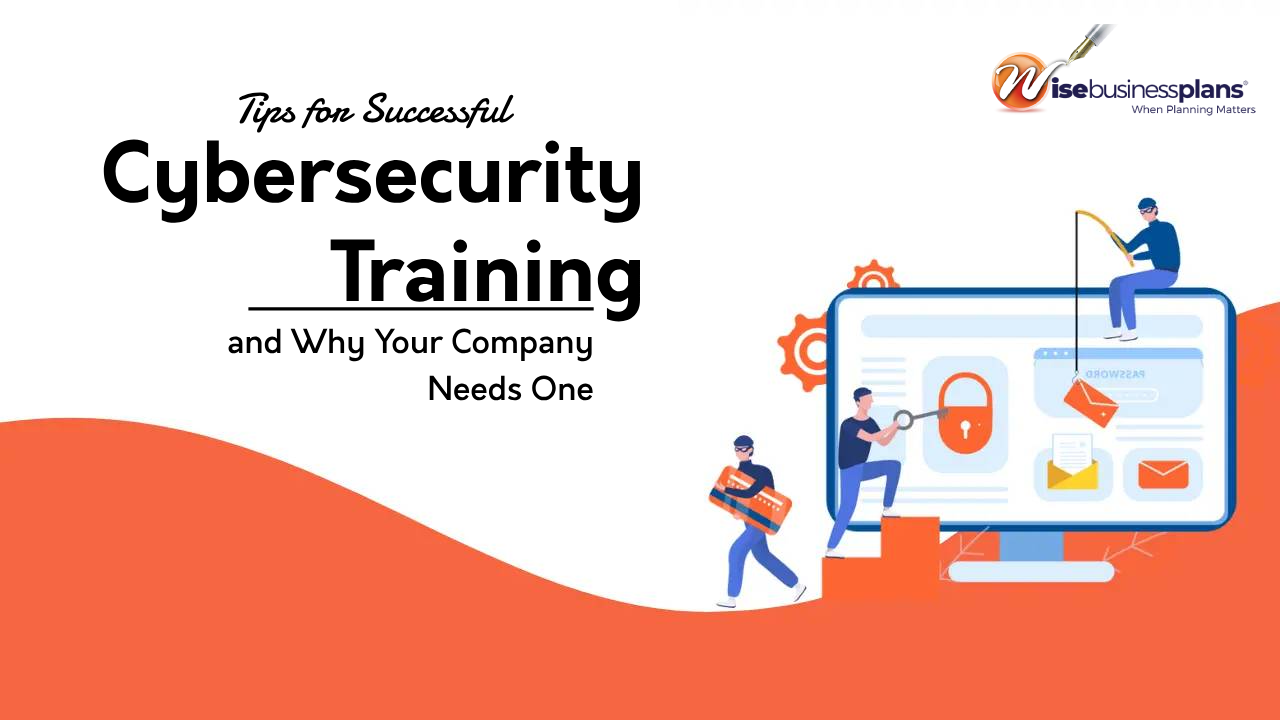Tips for Successful Cybersecurity Training and Why Your Company Needs One
Table of Contents
- The Six Key Principles of Cybersecurity Training
- Get Everyone's Buy-in
- Spell out the Cost of Data Breaches
- Clarify the Cybersecurity Threats
- Demonstrate How Easily Cyber Attacks Happen
- Discuss the Concepts of Personal Privacy and Protected Company Data
- To Err Is Human, but Hiding Mistakes Could Cost Jobs
- Follow up and Maintain Awareness
According to Proofpoint’s 2024 State of the Phish report, a shocking number of people don’t know that malware from a malicious link or attachment can spread beyond the computer of the person who first opened it. They also trust emails from internal corporate addresses and don’t realize that even internal emails may contain malware.
One day, one of your employees will click on a malicious link or fall for a sophisticated Google scam. It’s almost inevitable. This mistake could cost your company a fortune – and its reputation.
Your employees are on the front line. They face cybercriminals using AI tools with a built-in criminal bent. Attackers are becoming so effective that it’s impossible to ignore the need for cybersecurity training.
These six principles are an ideal starting point for developing a cybersecurity training program.
The Six Key Principles of Cybersecurity Training
You can organize live training or deliver it via videos, games, or newsletters. Make sure the training material is easy to understand and readily accessible. This will ensure that the results last longer and are more effective.
Get Everyone's Buy-in
The stakes couldn’t be higher, so make the training fun but compulsory. After all, any one of your staff could fall for a scam that could put your company out of business.
Explain why the training is important, emphasizing each employee’s role in protecting the company. It’s easier to get everyone’s compliance when they understand the reasoning behind your strict policies.
Spell out the Cost of Data Breaches
Emphasize the gravity of cyber threats. With the global average cost of a data breach in 2024 at USD 4.88M, a ransomware attack or data breach can cripple or even bankrupt a business. And it could also have dire consequences for them and their colleagues:
- Cyber attacks disrupt business operations and cause revenue and productivity loss.
- It costs money to rectify the situation, bringing a business to its knees.
- If customers think a business doesn’t protect their data, they’ll take their business elsewhere.
- A company may be liable for the fallout from a breach under data protection laws.
Need a solid business plan to protect against cyber threats?
Hire our pro business plan writers today!
Clarify the Cybersecurity Threats
Include information on the different types of cyber threats. There are differences between trojans, viruses, worms, and other types of malware. Each has its own set of nasty consequences.
Discuss how the attacks may arrive via different attack vectors, such as phishing, spoofing, network infiltration, infected flash drives, and more. Try to include real-life case studies or demonstrations of each attack vector. For example, during the training, you can use tools that simulate phishing emails.
Explain how malware can infect one device and spread through the entire network. Next, discuss each attack’s impact on the business and the employee’s lives.
Demonstrate How Easily Cyber Attacks Happen
Cyber disasters can hinge on an accidental click of a link. Remind employees that using work devices to access social media and do shopping blurs the lines between work and personal life. If they fall prey to a scam on social media or get hacked, it could spill over and affect the entire company.
Use examples or simulations to show how even experienced workers can get tricked into downloading malware, visiting an infected website, or using their login details on a spoofed website.
Discuss the Concepts of Personal Privacy and Protected Company Data
Where do you draw the line between what information you can share with outsiders? Specify what types of information are classified and the risks if employees share it with outsiders.
You should also introduce the concept of data privacy, which may sometimes get blurred in modern office environments.
For example, colleagues’ phone numbers or email addresses should be freely available to colleagues. However, people should be careful about casual disclosures in public places: “My colleague Shirley also lives on Brown Street” or “My colleague Brian has a dog called Spot.” Tiny personal details may help criminals in their social engineering schemes.
Shirley might receive an urgent notification to attend a Brown Street Crisis Safety Meeting. Brian may receive an email from a veterinarian to bring Spot in for urgent blood tests. Such personalized emails might convince them to click on a malicious link they would not have done otherwise.
Don’t know how to write a business plan?
Check out our free example business plan now!
To Err Is Human, but Hiding Mistakes Could Cost Jobs
Create an environment where employees can ask “dumb questions.” Cultivate a “better safe than sorry” atmosphere where they feel free to share their experiences, report possible problems, and ask questions. Take care not to dismiss their concerns, or you may risk someone lacking the confidence to report a mistake or oversight. If someone makes a mistake but stays quiet, the safety breach could get out of hand quickly.
Follow up and Maintain Awareness
Employees should return to their desks knowing they have the necessary awareness and tools. No one wants to be the weakest link in the office!
Protect their laptops and smartphones with reliable anti-virus software and a VPN to shield the network. A VPN is particularly useful for remote workers connecting to the business network from outside the office.
By incorporating effective cybersecurity solutions into your daily operations and providing regular reminders of cyber hygiene best practices, you can ensure that your company’s awareness level remains high and its defenses against cyber threats are strong.




![How to Implement Security Measures That Actually Protect Your Business [Step-by-Step Guide]](https://wisebusinessplans.com/wp-content/uploads/2025/06/how-to-implement-security-measures-that-actually-protect-your-business-1024x576.webp)











